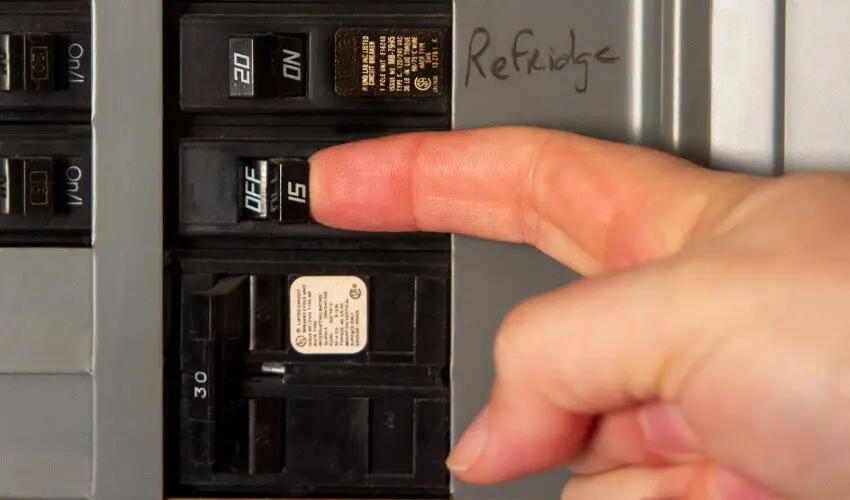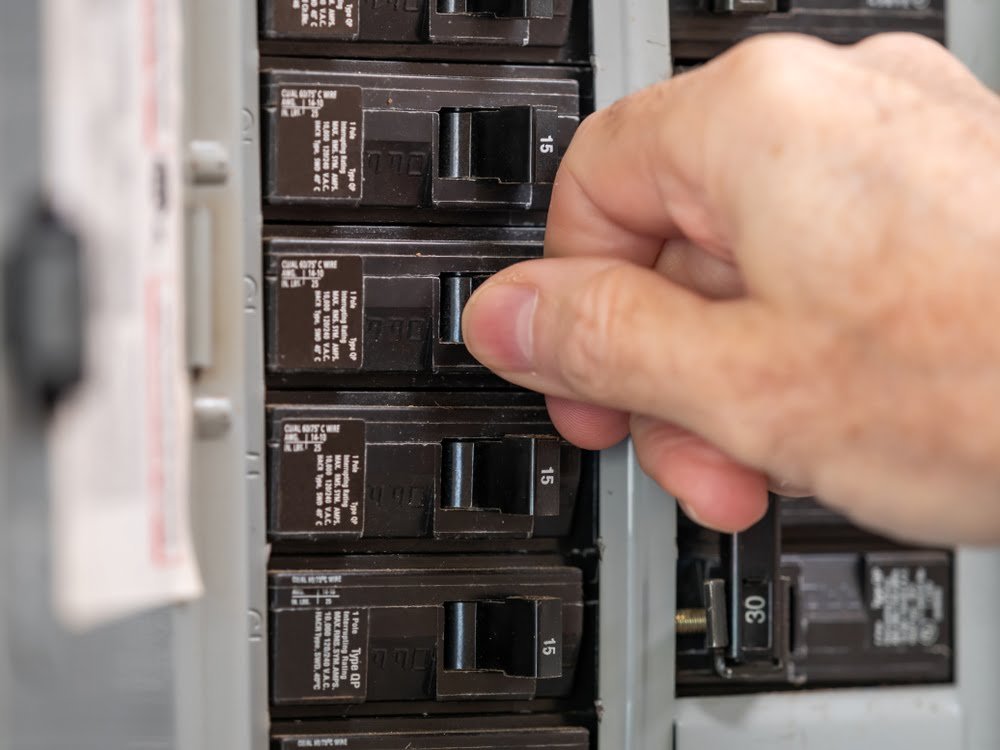Welcome to another detailed guide from TheKitchenApplianceDad.com. Today, we’re diving into an important aspect of kitchen appliance setup that often goes overlooked until trouble strikes: electrical safety and efficiency, particularly focusing on what size breaker is best for your refrigerator.
Your refrigerator is one of the most essential appliances in your home—it keeps your food safe and fresh. However, it also consumes a considerable amount of electricity. Using the correct size circuit breaker is crucial not only for operational efficiency but also to prevent electrical hazards. A breaker that’s too small can trip frequently, while one that’s too large may fail to protect your refrigerator from potential overcurrents, leading to more severe electrical issues.
Before we get into specifics, let’s clarify what a breaker does. A circuit breaker is a safety device that cuts off electrical power to a part of your home if the current flowing through the wiring exceeds safe levels. This helps prevent overheating and reduces the risk of fire.
Most residential refrigerators run on a 120-volt circuit. A common rule of thumb is that these appliances require a dedicated 15-20 amp circuit. Here’s a breakdown to better understand why:

To find the exact breaker size needed, check the owner’s manual or the manufacturer’s label on the refrigerator. This label often includes the maximum current draw of the appliance, which is crucial for determining the appropriate breaker size. For example, if your refrigerator draws 8 amps, a 15-amp breaker would typically suffice. However, if the draw approaches or exceeds 12 amps, upgrading to a 20-amp breaker might be safer and more reliable.
It is generally recommended to have your refrigerator on a dedicated circuit. This prevents other appliances or devices from adding to the load on the same circuit, which can lead to tripping the breaker and potentially spoiling your food if not noticed in time.
The size of the wire in the circuit also plays a crucial role. For a 15-amp breaker, a 14-gauge wire is usually sufficient, while a 20-amp breaker typically requires a 12-gauge wire. Using the correct wire size is essential for safety and compliance with electrical codes.
While some DIY enthusiasts might feel comfortable handling basic electrical tasks, wiring a circuit for a refrigerator is best left to professionals. This ensures that all local codes are met and that your appliance and home are safe.
To wrap up, choosing the right size breaker for your refrigerator is pivotal for both safety and functionality. Here are the key points to remember:
By adhering to these guidelines, you can ensure that your refrigerator operates efficiently without posing any risk to your household’s electrical safety. For more tips and guides on managing your kitchen appliances, keep following TheKitchenApplianceDad.com. Stay safe and efficient in your kitchen endeavors!

